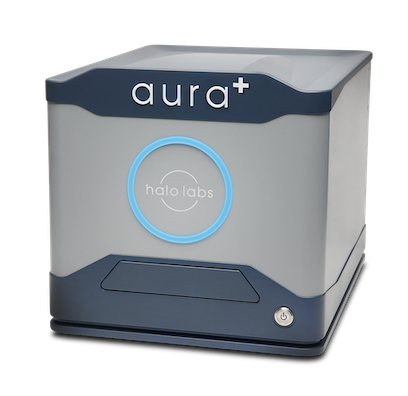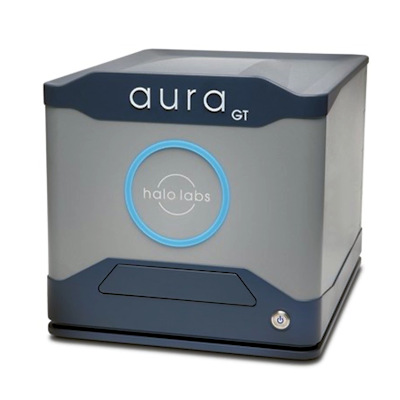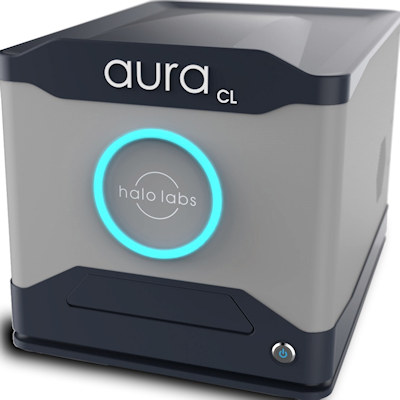February 23, 2022 -- Often, the most dangerous things in life are things that the human eye cannot see. This is true even for life-saving medicines. One company was founded to help the industry find these hidden particles and solve a key challenge in the development of complex drug products. Halo Labs’ CEO Rick Gordon spoke with ScienceBoard about how its low volume approach is providing a critical service for the drug development industry.
Why particles matter in drug development?
Subvisible particle analysis is the process of detecting anything that is too small for the human eye to see (less than 100 micrometers). The particles are too large to be detected by other methods like dynamic light scattering or size exclusion chromatography, yet are too small to see with the human eye.
Subvisible particles are critical considerations during the drug development process of biologics and cell and gene therapy products as they are the number one cause of drug recalls. These particles can be anything from large aggregate of drug products or foreign containments that have entered the product as part of the manufacturing process. They can cause capillary occlusion, strokes, and/or serious immunogenic responses in patients if they are not removed from final drug products.
Because of the serious health concerns that the particles pose, their presence in drug products is highly regulated. Subvisible particle analysis is used as a stability assessment for final drug product quality and is also regulated as part of lot release, Gordon explained. Halo Lab’s instruments are used early in the development process to weed out drug product candidates that have too many subvisible particles and in downstream processes for cell and gene therapy products where there is limited drug product available for analysis.
Why is a low volume approach helpful?
Much of the company’s current efforts are focused on providing solutions for the cell and gene therapy space. As opposed to proteins where there are large volumes available for particle analysis in late-stage development, in the cell and gene therapy space, there isn’t enough drug product to do testing with large volumes anywhere in the development process. Because the final drug product volume is small, there is a need for low volume techniques throughout the entire development process, Gordon explained.
Beyond identifying aggregate drug products, Halo Labs’ technology can also be used to detect by-products in complex drugs such as DNA leakage from capsids in gene therapy products. Furthermore, in cell therapy products, the company’s platform can be used to identify potentially dangerous contaminants such as Dynabeads that are essential for T-cell activation, but often get caught in cell aggregates, resulting in residual presence in final drug products. Halo Labs can uniquely offer customers multiple subvisible analysis applications in a single platform, Gordon said.
A new class of analytical instruments
Currently, many tools are being adopted from the protein space into the cell and gene therapy space. But these techniques are not ideal for the different therapeutic needs and assay needs that cell and gene therapy manufacturers have, Gordon noted. So, there is a need for new technologies can address the specific needs of analytics for cell and gene therapy products.
“The analytical space is going to be responding to what drug product manufacturers and the regulators are asking for,” Gordon said. “Right now, it’s being formed in a lot of ways around the regulatory aspect for cell and gene therapy. And people are looking for the right tools. So, now is a great time for analytical instrument manufacturers to respond to those types of needs.”
The company is busy working on applications development of its instruments, according to Gordon. In January, Halo Labs launched two new pieces of equipment, the Aura PTx that analyzes degraded excipients in protein therapeutics, and Aura+, an all-in-one drug product quality tool for monoclonal antibody and cell and gene therapy.
Do you have a unique perspective on your research related to drug development? Contact the editor today to learn more.
Copyright © 2022 scienceboard.net









